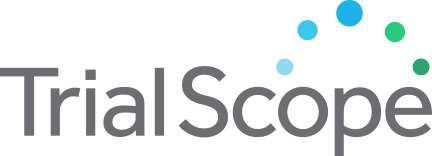Feasibility of an Analgesic Device Enabling Local Anesthetic Delivery and Neuromodulation After Shoulder/Foot Surgery
Study Purpose
Postoperative pain remains undertreated with inadequate analgesic options. Opioids have well-known limitations for both individuals and society; single-injection and continuous peripheral nerve blocks provide intense analgesia but are limited in duration to 24-72 hours; and current neuromodulation options-with a duration measured in weeks and not hours-are prohibitively expensive and require an additional procedure. One possible solution is a device currently under investigation to treat postoperative pain. The RELAY system (Gate Science, Moultonborough, New Hampshire) is comprised of a basic catheter-over-needle device to allow administration of a single-injection of local anesthetic via the needle (or catheter) followed by a perineural local anesthetic infusion via the remaining catheter (when desired). Subsequent to the local anesthetic administration, instead of removing the catheter as with all previous continuous peripheral nerve block equipment, electric current may be delivered via the same catheter and an integrated pulse generator for up to 28 days. This is potentially revolutionary because it would allow an anesthesiologist to deliver
- (1) a single-injection peripheral nerve block; (2) a continuous peripheral nerve block; and (3) neuromodulation using a single device that can theoretically be placed in the same amount of time required for a single-injection peripheral nerve block.
Recruitment Criteria
|
Accepts Healthy Volunteers
Healthy volunteers are participants who do not have a disease or condition, or related conditions or symptoms |
No |
|
Study Type
An interventional clinical study is where participants are assigned to receive one or more interventions (or no intervention) so that researchers can evaluate the effects of the interventions on biomedical or health-related outcomes. An observational clinical study is where participants identified as belonging to study groups are assessed for biomedical or health outcomes. Searching Both is inclusive of interventional and observational studies. |
Interventional |
| Eligible Ages | 18 Years and Over |
| Gender | All |
Trial Details
|
Trial ID:
This trial id was obtained from ClinicalTrials.gov, a service of the U.S. National Institutes of Health, providing information on publicly and privately supported clinical studies of human participants with locations in all 50 States and in 196 countries. |
NCT06818708 |
|
Phase
Phase 1: Studies that emphasize safety and how the drug is metabolized and excreted in humans. Phase 2: Studies that gather preliminary data on effectiveness (whether the drug works in people who have a certain disease or condition) and additional safety data. Phase 3: Studies that gather more information about safety and effectiveness by studying different populations and different dosages and by using the drug in combination with other drugs. Phase 4: Studies occurring after FDA has approved a drug for marketing, efficacy, or optimal use. |
N/A |
|
Lead Sponsor
The sponsor is the organization or person who oversees the clinical study and is responsible for analyzing the study data. |
University of California, San Diego |
|
Principal Investigator
The person who is responsible for the scientific and technical direction of the entire clinical study. |
Brian M Ilfeld, MD, Ms |
| Principal Investigator Affiliation | University of California, San Diego |
|
Agency Class
Category of organization(s) involved as sponsor (and collaborator) supporting the trial. |
Other, Industry |
| Overall Status | Enrolling by invitation |
| Countries | United States |
|
Conditions
The disease, disorder, syndrome, illness, or injury that is being studied. |
Rotator Cuff Injuries, Shoulder Disease, Hallux Valgus, Ankle Arthropathy |
Contact a Trial Team
If you are interested in learning more about this trial, find the trial site nearest to your location and contact the site coordinator via email or phone. We also strongly recommend that you consult with your healthcare provider about the trials that may interest you and refer to our terms of service below.
